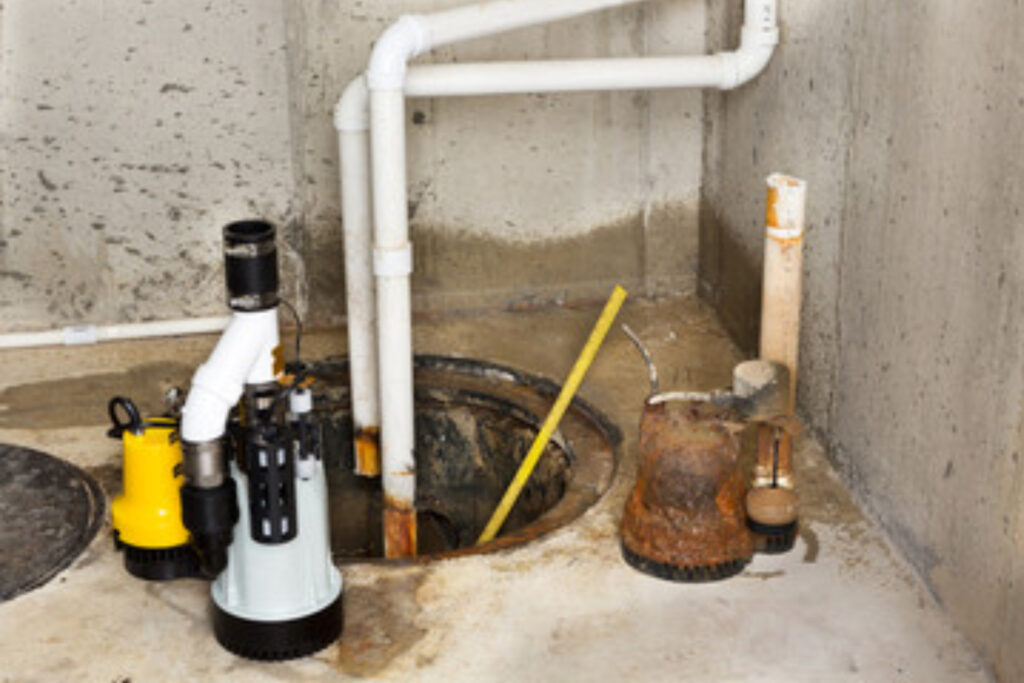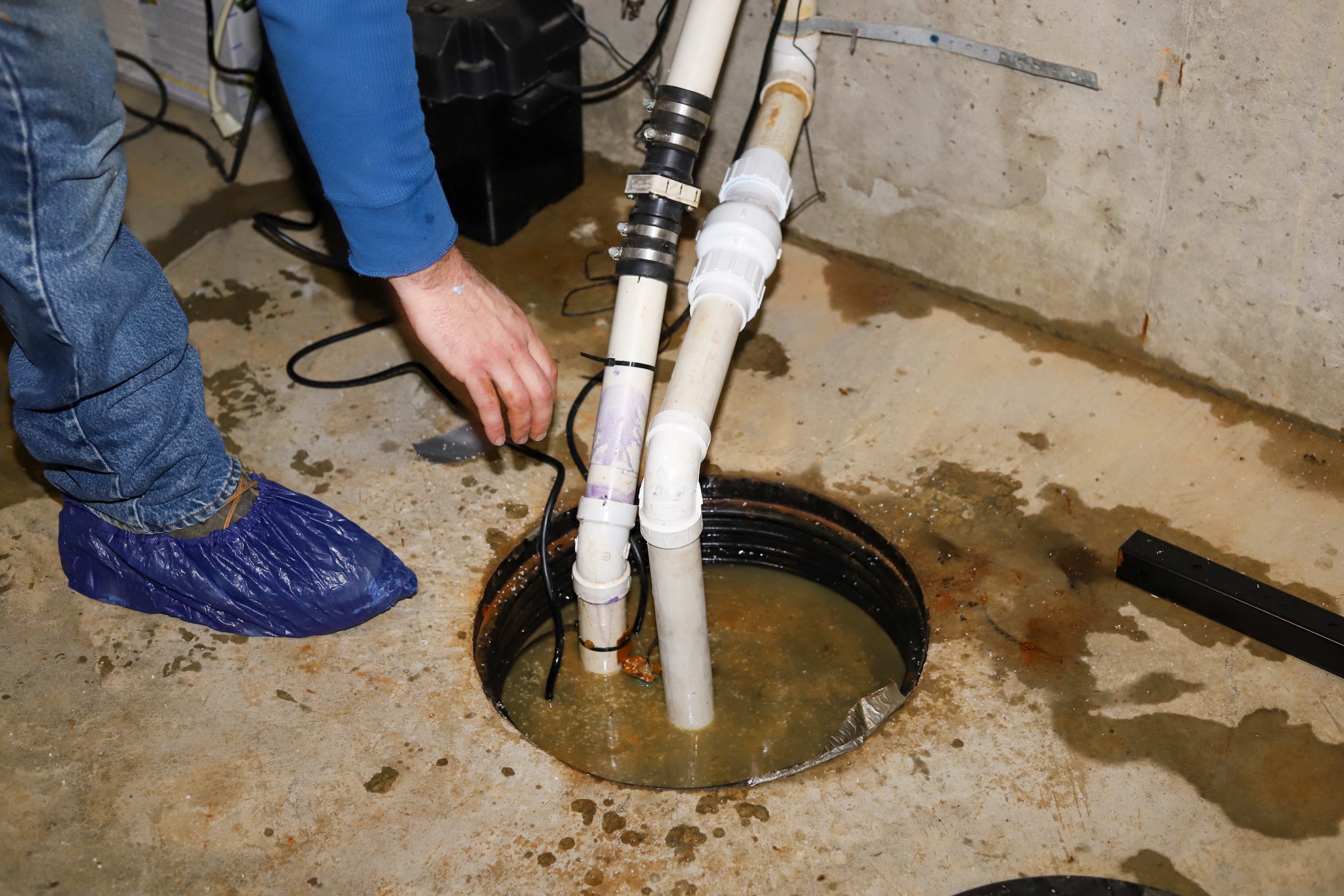Were you in search of ideas about Steps to Cleaning Your Sump Pump Properly?

Sump pumps are critical components in lots of homes, specifically in locations prone to flooding or too much wetness. They help prevent water damage by efficiently eliminating excess water from basements or crawl spaces. Nonetheless, like any other home appliance, sump pumps call for routine maintenance to guarantee they function effectively when required one of the most. Cleansing your sump pump is a vital part of its upkeep, and comprehending exactly how to do it properly can conserve you from costly repair services and prospective calamities.
Intro
Keeping a clean sump pump is important for its appropriate functioning and durability. Ignoring this essential task can cause clogs, malfunctions, and inevitably, water damages to your property. Therefore, finding out exactly how to clean a sump pump is essential for homeowners that depend on these tools to maintain their basements completely dry and safeguarded.
Signs of a Dirty Sump Pump
Recognizing when your sump pump needs cleansing is essential for avoiding prospective malfunctions. Some usual signs that suggest an unclean sump pump consist of strange noises throughout procedure, lowered water flow, and visible particles in the pit. If you notice any one of these symptoms, it's vital to clean your sump pump without delay to avoid any further issues.
Preparing for Cleaning
Before you begin cleansing your sump pump, it's essential to take some safety precautions. Beginning by shutting down the power to the pump to prevent any type of electric mishaps. Furthermore, wear suitable protective equipment, such as gloves and safety glasses, to safeguard on your own from dust, particles, and prospective virus.
Recognizing the Sump Pump
Prior to diving right into the cleansing procedure, it's important to have a standard understanding of just how a sump pump works. Usually set up in a pit or container below the basement floor, a sump pump contains a number of vital components, consisting of a pump, a float button, and a discharge pipeline. When water gathers in the pit, the float button triggers the pump, which then pumps the water out via the discharge pipe, far from the structure's structure.
Detailed Guide to Cleansing a Sump Pump
Shutting down the Power
Begin by detaching the power supply to the sump pump to prevent any type of accidents while cleaning.
Checking for Correct Performance
Before reinstalling the pump, perform a fast examination to make sure that the float button turns on the pump correctly. Put some water right into the sump pit and observe the pump's procedure. If whatever is operating properly, you can reconstruct the pump and reconnect the power supply.
Getting Rid Of Particles and Dirt
Utilize a bucket or a scoop to remove any type of visible debris, dirt, or sediment from the sump pit. Dispose of the debris correctly to avoid it from obstructing the pump or the discharge pipeline.
Cleaning the Pump and Float Switch Over
As soon as the pit is clear of debris, thoroughly eliminate the pump from the pit. Evaluate the pump and the float button for any indicators of damages or wear. Use a soft brush or fabric to clean up the surface areas and eliminate any type of accumulated crud.
Flushing the System
After cleansing the pump and float switch, flush the sump pit with clean water to remove any kind of remaining dust or sediment. This will certainly help ensure that the pump operates efficiently and efficiently.
Maintenance Tips to Keep Your Sump Pump Clean
Along with periodic cleaning, there are a number of maintenance tips you can comply with to keep your sump pump in optimal condition:
Verdict
Cleaning your sump pump is a critical facet of its upkeep and guarantees that it runs efficiently when you need it the most. By complying with the actions described in this overview and incorporating routine maintenance right into your regimen, you can expand the life expectancy of your sump pump and protect your home from water damage.
6 STEPS ON HOW TO CLEAN A SUMP PUMP PROPERLY
UNDERSTANDING SUMP PUMPS
Your sump pump plays a crucial role in protecting your home by managing and removing excess water. It primarily functions as a “shield”, guarding your basement against the damaging effects of water accumulation. The pump is housed in a sump pit in the lowest part of your basement, and its job is to pump out any water that collects there.
During heavy rainfalls or when snow melts rapidly, water can infiltrate your basement, posing potential risks like flooding, structural damage, and harmful mold growth. Here, the sump pump springs into action, pumping out the intruding water and directing it away from your home.
SAFETY FIRST
Before cleaning, remember to prioritize safety. Disconnect the sump pump from the power source to prevent any accidental electric shocks. Also, wear sturdy gloves to protect your hands from any sharp or dirty components within the pump.
REMOVE THE SUMP PUMP
After ensuring your safety, the next step is to remove the sump pump from its pit. Doing this might require careful maneuvering as you don’t want to damage any pump components. Once removed, clean the sump pit to remove any accumulated debris or sludge.
INSPECT THE PUMP
Inspect the pump for any visible signs of wear or damage. Check the power cord, float switch, and impeller housing. If any components look worn out or damaged, consider replacing them to ensure optimal performance.
CLEAN THE PUMP
Thoroughly clean the pump with warm, soapy water. Make sure to rid it of any dirt, gravel, or other debris that might impede its performance. You can use a toothbrush to clean the small, hard-to-reach parts of the pump.
REINSTALL THE SUMP PUMP
Reinstall the pump into the sump pit Make sure it’s positioned correctly to remove the water effectively Once it’s back in place, reconnect it to the power source TEST THE PUMP
Finally, pour some water into the pit to ensure the pump works correctly. It should start automatically and begin pumping out the water; if it doesn’t, check the power source and the positioning of the pump.
Remember, while cleaning your sump pump is an essential part of home maintenance, hiring a professional plumber for a thorough inspection and cleaning at least once a year is also important. This will ensure that your pump is in optimal condition, ready to protect your home from potential water damage.
BEST PRACTICES FOR CLEANING SUMP PUMP DISCHARGE PIPES
Regular Inspection: Regularly inspect your discharge pipes, especially during heavy rainfall or snowmelt periods. Look for any signs of blockage or damage. Early detection of problems can prevent serious issues down the line. Periodic Cleaning: Over time, sediment and debris can accumulate in the discharge pipes, impeding the flow of water. Regular cleaning helps keep the pipes clear and functioning efficiently. You can use a high-pressure water jet to effectively clean the pipes. Insulation During Winter: In colder climates, discharge pipes can freeze, blocking the outflow of water. Protect your discharge pipes from freezing temperatures by insulating them with foam pipe insulation. This will ensure the sump pump can continue to discharge water even in freezing conditions. Proper Positioning: The discharge pipe should be positioned to direct water away from your home’s foundation. Improper positioning can lead to water seeping back into the basement. Ensure the pipe is long enough and angled correctly. Installation of a Check Valve: A check valve prevents water from flowing back into your sump pit after the pump has pushed it out. Installing a check valve helps maintain the efficiency of your sump pump and reduces the risk of flooding. Minimize Pipe Turns: Every curve or turn in the discharge pipe can decrease the efficiency of water flow. By minimizing turns and bends in your discharge pipe, you can increase the efficiency of your sump pump. https://www.fullspeedplumbing.com/how-to-clean-a-sump-pump-properly9999/

Hopefully you liked our part on Cleaning & Maintenance Tips for Your Home's Sump Pump. Thanks a ton for taking a few minutes to read through our content. Sharing is good. Helping others is fun. Thanks a lot for taking the time to read it.
Services